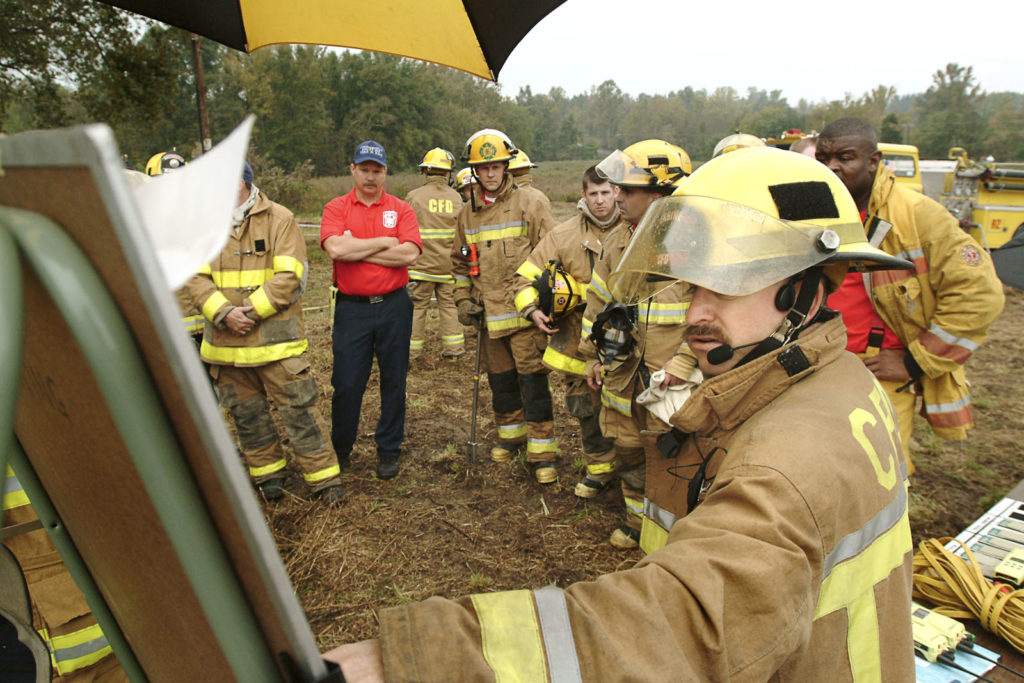By: Robert Avsec, Executive Fire Officer
I recently received the following email message from a fellow firefighter who’s involved in live fire training for firefighters.
Hello Robert,
I read your article on FireRescue1.com, The more I learn about exposure to toxins, the more scared I become. It was exactly what I have been thinking. I am relatively new to fire but have been “lucky” enough to become a live fire instructor in 2017 and have had my fair share of exposures to training fires.
I’m doing research so I can help prevent unnecessary exposures to firefighters during training and specifically live burns. My goal is to reduce or eliminate exposure to known hazards for all firefighters in training.
If you have any information that could help that would be great.
Thanks
Bryan
Chief Training Officer & Volunteer Lieutenant, Six Nations Fire and Emergency Services
Bryan,
Thank you for your message and for BEING A READER! FYI, you can easily find more of my articles at my online portfolio, https://robertavsec.journoportfolio.com/. Here are some quick thoughts on the subject for your consideration.
The Risk from Exposure to Soot
Research has shown that soot may sit on the skin for up to two hours after a firefighter’s exposure. That’s an important thing for all firefighters and instructors to know because with every 5˚ F rise in surface skin temperature, the skin is 400-percent more permeable.
That’s critical because exposure to soot was the first reported mechanism for firefighters to develop occupational cancer. Firefighters are at higher risk of certain cancers than the general population and firefighters are developing more aggressive forms of cancer at a younger age than the general population as well.
According to the International Association of Fire Fighters (IAFF), cancer is the leading cause of death for firefighters and there are approximately eighteen known, probable, or possible carcinogens present in soot.
Here are a couple of quick links and thoughts to help you in your mission:
IAFC Quick Take: 11 decontamination safety practices
This is an excellent resource to use for training your people for actual firefighting events as well as live fire training. For training exercises, I highly recommend having disposable wipes available in bulk and that all firefighters wipe their exposed skin for the head, neck, and face areas between exercises (when they’re staying in their gear for the next round).

Also, have a good rehab area set up with the capability for firefighters to get out of their gear (properly) and get cooled down. Cooling their surface skin temperature between entries is a huge step in reducing their exposure potential (Remember that absorption of toxins through the skin increases 400-percent for every 5-degree F increase in surface skin temperature).
I would also encourage you to actively promote the part about showering and getting into clean clothes as soon as they can. If showering facilities are not readily available at the training site, students and instructors should at least change into clean clothing until they can shower.
Reducing Exposure Risk in Fireground Operations
This article “covers a lot of ground” and I highly recommend reading it, and the study that the author drew upon. Here are some of the main take-aways from that study regarding levels of exposure and the associated operations:
- A firefighter’s PPE, neck skin, and hand skin were most prone to contamination from polycyclic aromatic hydrocarbons (PAH) and volatile organic compounds (VOCs).
- The amount of contamination varied by work assignment.
- The inside “Attack” operators and inside “Search” teams experienced the most PPE and skin contamination.
- The search team has more hand contamination than neck contamination due to exposures around gloves.
- The outside “Vent” team had the highest frequency of detectable PAH on their neck.
- Researchers concluded this was due to the inconsistent use of hoods and recommended wearing Nomex hoods to reduce neck skin exposure, even while working on exterior assignments.
The National Firefighter Registry: An update on the plan to track firefighter cancer
For this one, I highly recommend that you encourage your people to read the article and sign up for the newsletter so that they know when the NFR becomes available this fall.
Best wishes,
Robert
 Fire & EMS Leader Pro The job of old firefighters is to teach young firefighters how to become old firefighters!
Fire & EMS Leader Pro The job of old firefighters is to teach young firefighters how to become old firefighters!

